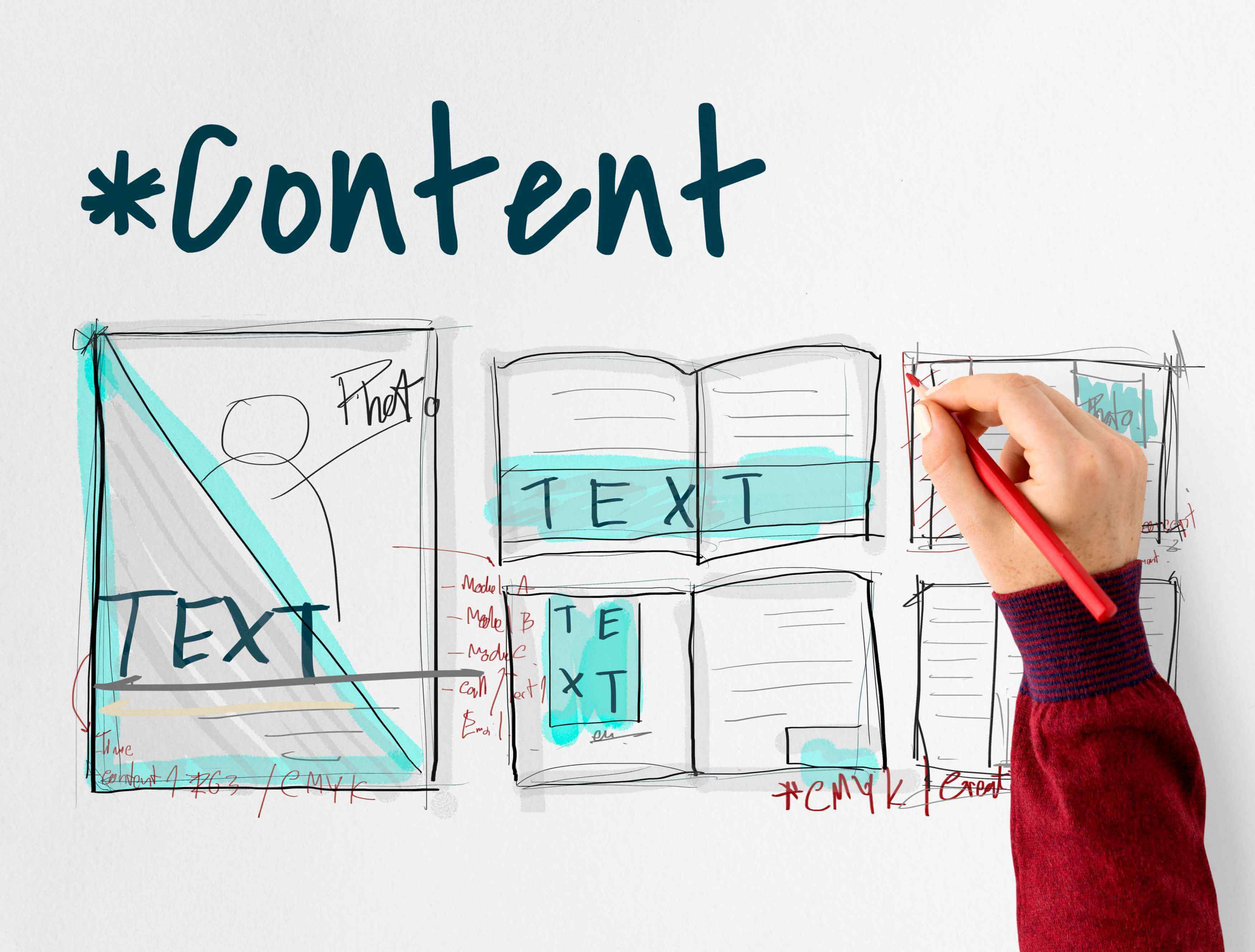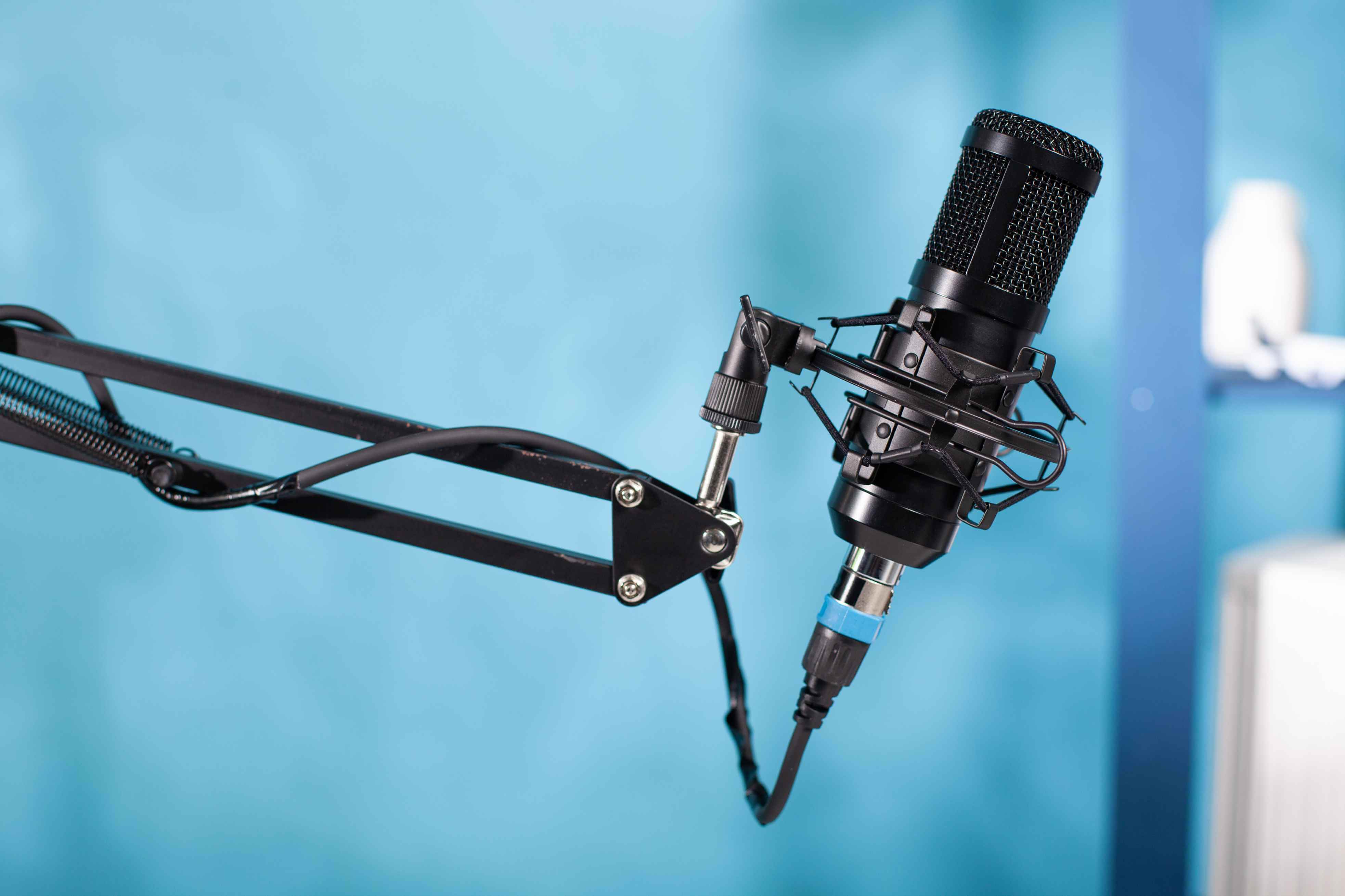What separates a memorable advertisement from one that actually drives measurable business results? The answer lies in understanding that effective advertising is a precise blend of creative brilliance and strategic thinking, as seen in a well-executed ad campaign that resonates with the right audience at exactly the right moment.
An advertisement refers to paid, public communication designed to inform, persuade, or remind a target audience about products, services, or ideas. The best advertisements don’t just capture attention—they create emotional connections, drive conversation, and ultimately generate tangible business outcomes through carefully crafted messaging and compelling ad copy that speaks directly to consumer needs and desires.
This comprehensive guide doesn’t just showcase famous advertising campaigns; it breaks down the proven strategies, including a strong advertising strategy as the foundation for successful campaigns, that made them drive real results, providing actionable inspiration you can apply to your own marketing campaigns across various platforms and formats.
Introduction to Advertising
Advertising is at the heart of every successful marketing strategy, serving as the bridge between businesses and their target audience. By sharing information about products or services through a variety of media channels, advertising enables companies to reach consumers where they are—whether that’s online, in print, outdoors, or on mobile devices.
The primary objective of advertising is to persuade consumers to choose a specific product or service, ultimately driving sales and boosting revenue.
Effective advertising campaigns do more than just inform; they create a lasting impression, foster positive associations, and help shape the brand’s image in the minds of consumers.
In today’s fast-paced digital landscape, advertising has evolved to include digital advertising, print advertising, outdoor advertising, and mobile advertising, each offering unique opportunities to connect with audiences.
By leveraging these diverse formats, businesses can craft campaigns that resonate, engage, and deliver measurable results.
Types of Advertising
Advertising comes in many forms, each designed to reach the target audience in distinct and impactful ways. Print advertising utilizes printed materials such as newspapers, magazines, and brochures to deliver messages directly into the hands of consumers.
Digital advertising, which includes online advertising, mobile advertising, and social media campaigns, allows businesses to engage audiences with precision targeting and real-time analytics.
Outdoor advertising, featuring billboards, posters, and signage in public spaces, captures attention on the go and reinforces brand presence in everyday environments. Radio advertising and television advertising leverage the power of audio and video to reach broad audiences, making them ideal for building brand awareness and recall.
Native advertising, which seamlessly integrates ads into the surrounding content, has gained popularity for its ability to engage audiences without disrupting their experience. By understanding the strengths of each type, businesses can create multi-channel campaigns that maximize reach and impact.
Effective Advertising Techniques
Creating effective advertising campaigns requires a blend of creativity, strategy, and a deep understanding of the target audience. One of the most powerful techniques is crafting a compelling narrative that forges emotional connections with consumers, ensuring the brand leaves a lasting impression.
Incorporating elements of pop culture, leveraging star power, and encouraging user generated content can spark conversation and generate buzz, making the campaign more memorable and shareable.
Tailoring advertising campaigns to the specific needs and preferences of the target audience is essential. By using data and analytics, businesses can refine their marketing strategy, ensuring that each message resonates and drives sales.
Whether through storytelling, humor, or interactive experiences, the most effective advertising campaigns build positive associations, foster brand loyalty, and inspire consumers to take action.
Iconic Print & Magazine Ad Examples

Print advertising remains a powerful medium for creating lasting impressions, with magazine recall rates averaging over 70% according to industry research.
Print ads are especially known for their creativity and ability to make a strong impact on audiences. These timeless examples demonstrate how the right combination of visual design, messaging, and strategic positioning can transform entire brand images.
1. Volkswagen: “Think Small”
This print campaign launched in 1959 completely revolutionized automotive marketing. While competitors filled their ads with bold claims and dense copy, Volkswagen’s ad copy stood out for its clever, minimalist messaging and witty slogans, setting a new standard in advertising.
Volkswagen’s creative director chose radical simplicity. The campaign helped increase Beetle sales significantly in the U.S. market and established DDB as a creative powerhouse, proving that sometimes the best advertisements break conventional rules to create something genuinely memorable.
Why It Worked:
• Revolutionary minimalist approach that used white space as a design element, directly challenging the “bigger is better” automotive advertising of the era
• Built trust through honest, self-deprecating messaging that resonated with consumers seeking authenticity over flashy promises
• Created a compelling narrative that positioned the advertised product as smart, economical, and different from mainstream offerings
• Demonstrated how acknowledging product limitations can actually strengthen brand appeal and generate buzz
2. Nike: “Just Do It” Campaign
Between 1988 and 1998, Nike’s market share jumped from 18% to 43%, while worldwide sales increased from $877 million to $9.2 billion.
This campaign succeeded because it understood that consumers don’t just buy products—they buy into stories that reflect their aspirations and values. The messaging strategy transformed Nike from a running shoe company into a symbol of determination and achievement.
Why It Worked:
• Created a universal rallying cry that transcended sports, appealing to anyone facing personal challenges or goals
• Featured real athletes overcoming genuine obstacles, creating authentic emotional connections rather than superficial celebrity endorsements
• Positioned the brand as an enabler of personal achievement rather than just a company selling athletic gear
• Leveraged star power while maintaining focus on human potential and perseverance across various formats
3. Apple: “Think Different”
Launched in 1997 during Apple’s return under Steve Jobs, this campaign marked the company’s transformation from near-bankruptcy to cultural icon.
The strategy focused on brand image rather than product features, understanding that in saturated markets, emotional connection often trumps technical specifications.
his approach helped establish Apple’s premium positioning and contributed to its remarkable comeback story.
Why It Worked:
• Used iconic figures to create aspirational brand association, connecting Apple users with history’s greatest innovators and rebels
• Employed powerful visual storytelling through stark black-and-white photography that commanded attention in any medium
• Positioned Apple customers as creative rebels and innovators, not just technology consumers
• Created positive associations between the brand and legendary figures without directly mentioning specific products
Unforgettable Video & TV Commercial Examples

Television and video ads remain the gold standard for mass reach and emotional impact. These examples showcase how cinematic storytelling, cultural timing, emotional resonance, and the use of music to enhance the mood and emotional impact can create campaigns that transcend their original medium to become cultural phenomena.
1. Apple: “1984”
Directed by Ridley Scott, this commercial generated $3.5 million in Macintosh pre-orders and became one of the most talked-about advertisements in history.
The campaign proved that video ads could function as cultural events, generating earned media value far exceeding the original media spend.
It established the template for Super Bowl advertising as premium entertainment that audiences actively anticipate.
Why It Worked:
• Used cinematic storytelling and powerful metaphor to position Apple as a revolutionary force against monolithic competitor IBM
• Aired only once during the Super Bowl, creating legendary status and massive word-of-mouth buzz that extended far beyond the initial broadcast
• Employed dystopian imagery from popular culture to make complex technology concepts accessible and compelling
• Demonstrated how high production values and narrative depth could elevate advertising into art
2. Dove: “Real Beauty Sketches”
This 2013 campaign was viewed over 114 million times within its first month, becoming the most-watched online advertisement at the time.
The success came from understanding that modern consumers respond to brands that address genuine social issues rather than just promoting features and benefits.
The campaign also helped educate consumers about self-image and societal beauty standards, raising awareness and encouraging critical conversations around these topics.
By creating user generated content opportunities and driving conversation about beauty standards, Dove positioned itself as more than just a soap company.
Why It Worked:
• Tapped into deep customer emotions and social conversations about self-perception, addressing real psychological challenges women face
• Created a powerful brand movement by focusing on purpose over product, generating organic sharing and positive brand associations
• Used a simple but profound concept that translated across cultures and demographics worldwide
• Encouraged social sharing by providing content that viewers wanted to discuss with friends and family
3. Budweiser: Super Bowl Emotional Storytelling
Budweiser’s approach to Super Bowl advertising demonstrates how many brands can create annual traditions that audiences actively anticipate.
Their 2014 “Puppy Love” ad generated over 50 million YouTube views and millions in free media coverage. The strategy works because it understands that during major cultural events, audiences are more receptive to advertising that entertains and moves them emotionally.
Why It Worked:
• Mastered the art of emotional storytelling during premium advertising moments when audiences are most receptive
• Created memorable narratives featuring Clydesdales and companions that transcended product features to focus on universal themes
• Built deep emotional connections with audiences during shared cultural moments like the Super Bowl
• Consistently delivered high-quality production values that matched the premium nature of the advertising real estate
Clever Digital & Social Media Ad Examples

Digital advertising has revolutionized how brands connect with potential customers, enabling personalization, real-time engagement, and measurable results, with strategic ad placements in search results playing a crucial role in driving clicks and conversions.
These examples showcase how data-driven creativity and social media savvy can create campaigns that feel native to their platforms while driving significant business outcomes.
Banner ads, as a prevalent form of display advertising, are commonly used alongside other digital ad formats to increase brand visibility online.
1. Spotify: “Wrapped”
Since 2015, Spotify Wrapped has engaged over 60 million users annually and receives mainstream media coverage worldwide. The campaign succeeds because it transforms passive consumption data into active social currency.
Users don’t just receive advertising—they receive personalized insights about themselves that they’re excited to share, creating organic word-of-mouth marketing that extends the campaign’s reach exponentially.
Why It Worked:
• Masterclass in data-driven, personalized marketing that turns user behavior into shareable social content
• Makes customers the brand’s best advertisers by encouraging them to share their personalized results across various platforms
• Creates annual anticipation and engagement, establishing a yearly tradition that users actively look forward to
• Demonstrates how mobile advertising can leverage user data to create compelling narrative experiences
2. Old Spice: Viral Video Series
“The Man Your Man Could Smell Like” series generated over 40 million YouTube views and triggered a 125% sales increase. The campaign worked because it understood that in the attention economy, being boring is the biggest risk.
By embracing absurd humor and rapid-fire creativity, Old Spice transformed from a dated brand into a viral sensation that dominated pop culture conversations.
Why It Worked: • Completely reinvented a legacy brand through unexpected humor and surreal creativity that appealed to younger demographics, helping to attract a new audience • Created highly shareable content that sparked conversation and memes across social media platforms • Successfully reached a new target audience through bold creative risks that differentiated the brand from conservative competitors • Leveraged the viral nature of online advertising to achieve massive reach at relatively low cost
3. Wendy’s: Twitter Roasting Strategy
Wendy’s gained over 350,000 new followers in a single year after adopting this strategy, with corresponding increases in same-store sales.
The approach succeeds because it understands that social media users reward authenticity and humor over corporate speak.
By treating Twitter as a performance platform rather than just a customer service channel, Wendy’s created a sustainable competitive advantage.
Why It Worked:
• Built distinct brand personality through witty, authentic social media engagement that felt genuinely human
• Turned customer service into entertainment, creating viral moments that generated massive organic reach
• Demonstrated how real-time responsiveness and cultural awareness could transform social media from broadcasting into conversation
• Successfully differentiated the brand in a crowded fast-food market through unique voice and attitude
Genius Out-of-Home (OOH) & Billboard Ad Examples

Outdoor advertising has evolved far beyond simple billboard messaging, incorporating technology, interactivity, and strategic placement to create memorable brand encounters. OOH advertising helps a brand stand out in busy public spaces by using unique visual and storytelling elements.
These ads also communicate unique selling points quickly and effectively, ensuring that the product's features and benefits are highlighted to set it apart from competitors. These examples demonstrate how physical advertising can create digital buzz and drive measurable business results.
1. McDonald’s: “Follow the Arches” Directional Campaign
This campaign won multiple design and marketing awards while demonstrating how traditional billboards could evolve beyond simple brand messaging.
The success came from understanding that the best advertisements solve real problems for consumers. By combining brand recognition with practical utility, McDonald’s created advertising that customers actually appreciated encountering.
Why It Worked:
• Brilliant use of location-based contextual advertising that provided actual utility to drivers seeking nearby restaurants
• Turned the golden arches brand icon into functional wayfinding tools, demonstrating creative problem-solving
• Created memorable brand touchpoints during the customer journey when purchase decisions are most likely
• Proved that outdoor advertising could deliver service value beyond just brand awareness
2. IKEA: 3D Billboard Installations
IKEA’s dimensional billboards increased in-store traffic and trended on social platforms, proving that outdoor advertising could drive both foot traffic and online engagement.
The campaign succeeded because it understood that modern consumers seek experiences worth sharing. By making their ads interactive and photogenic, IKEA created advertising that customers actively sought out and promoted.
Why It Worked:
• Transformed traditional outdoor advertising into experiential marketing that encouraged physical interaction
• Demonstrated product functionality in unexpected contexts, making furniture shopping feel creative and fun—often by showcasing household items in unexpected ways on their billboards
• Created Instagram-worthy moments that extended campaign reach beyond the physical location through social sharing
• Used augmented reality principles to blur lines between advertising and entertainment
3. Netflix: Show-Specific Billboard Takeovers
Netflix’s billboard campaigns for hits like “Stranger Things” and “Squid Game” generated significant social media amplification, with fans using the billboards as backdrops for their own content creation.
The strategy works because it bridges the gap between physical and digital marketing, using outdoor advertising to fuel online conversations about streaming content.
Why It Worked:
• Perfect example of content marketing meeting outdoor advertising to promote specific entertainment products
• Created buzz around particular shows through strategic placement in high-traffic urban areas, with some campaigns highlighting a star studded cast to attract attention
• Turned billboard real estate into conversation starters about binge-worthy content and upcoming releases
• Demonstrated how streaming services could use physical advertising to drive digital engagement
Standout Mobile Advertising Examples
Mobile advertising has rapidly become a cornerstone of digital marketing, offering businesses the ability to reach their target audience wherever they are.
Video ads on mobile devices are particularly effective, capturing attention with dynamic visuals and concise messaging that drive engagement.
Native advertising also excels on mobile platforms, as ads that blend seamlessly into apps or social feeds feel less intrusive and more relevant to users.
Innovative approaches like augmented reality and gamification are elevating the mobile advertising experience, allowing consumers to interact with brands in immersive and memorable ways.
These strategies not only boost engagement but also encourage sharing and repeat interactions, helping businesses drive sales and build lasting relationships with their audience.
By embracing the unique capabilities of mobile advertising, brands can create campaigns that stand out in a crowded digital landscape.
Innovative Native Advertising Campaigns
Native advertising has emerged as a powerful way for businesses to connect with their target audience by creating ads that feel natural within their chosen platforms.
Sponsored content is a leading example, allowing brands to deliver valuable information or entertainment in a format that matches the surrounding content, increasing trust and engagement.
Product placement, especially when partnered with influencers or content creators, enables brands to promote their products or services organically, making the message more relatable and authentic.
The integration of augmented reality and interactive experiences further enhances native advertising, offering consumers engaging and memorable encounters that drive conversion.
By adopting these innovative native advertising strategies, businesses can promote their services in a way that resonates with consumers, builds brand loyalty, and ultimately drives sales.
Frequently Asked Questions

What makes an advertisement effective?
Effective advertising combines reach, recall (with brand recall being a key metric of advertising effectiveness), engagement, and conversion optimization. Industry studies show that emotionally resonant stories, distinctive brand positioning, and relevance to the targeted audience are the top predictors of campaign success.
What are the most successful advertising campaign strategies?
Winning advertising campaigns start with clear objectives and deep customer insights, then execute through consistent brand messaging and compelling storytelling. The most successful strategies integrate data-driven personalization, leverage cultural moments and pop culture references, and time creative media placements to maximize impact, often by showcasing the brand's products in engaging ways.
How do you create advertisements that drive real results?
Start with comprehensive audience research to identify compelling insights, then craft emotionally relevant creative that speaks directly to customer needs. Effective advertising promotes products or services through creative and strategic messaging that captures attention and builds brand authority.














